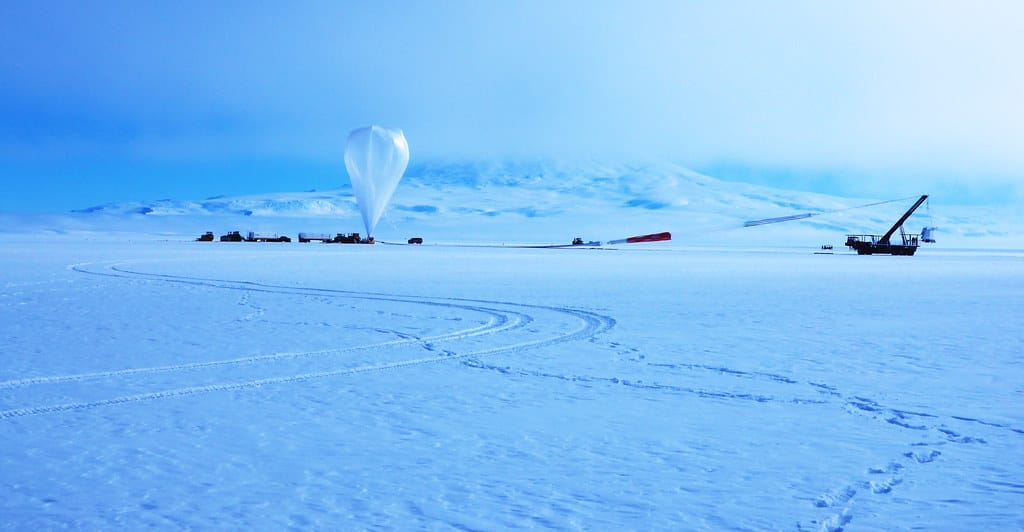ISS Leak Mystery: When a Fix Raises More Questions Than Answers
A persistent air leak that plagued the International Space Station for months has finally stopped, but NASA engineers aren't celebrating just yet. The unexpected cessation of the leak in the Russian Zvezda service module has left space agency officials more concerned than relieved, as they grapple with understanding why it stopped and whether it might resume at a critical moment.
The Four-Year Hunt for an Invisible Enemy
The leak first appeared in 2020 as a barely perceptible loss of cabin pressure—so subtle that it took sophisticated monitoring equipment to detect. Located in the Russian Zvezda service module's vestibule area, the leak has been bleeding precious atmosphere into the vacuum of space at varying rates, sometimes reaching as high as 3.7 pounds of air per day.
For astronauts and cosmonauts aboard the ISS, this meant living with an invisible countdown clock. The station's life support systems could compensate for the loss, but the uncertainty of when and how much air might escape created an ongoing operational challenge that required constant vigilance.
Engineering Detective Work 400 Miles Above Earth
NASA and Roscosmos teams have deployed an arsenal of detection methods to hunt down the source. Ultrasonic leak detectors, similar to those used to find gas leaks in homes, were employed to listen for the telltale whistle of escaping air. Crew members also used a technique called "tea leaf reading"—releasing small particles into the air to observe their movement patterns, which could reveal air currents leading to leak sites.
The investigation revealed multiple small cracks in the module's hull, likely caused by a combination of factors including thermal stress from the extreme temperature swings the station experiences as it orbits Earth every 90 minutes, micro-meteorite impacts, and the natural aging of materials in the harsh space environment.
When Solutions Create New Problems
Various temporary fixes have been attempted, including the application of sealants and patches. The leak's behavior has been erratic—sometimes slowing to barely detectable levels, other times accelerating without warning. This unpredictability has made it one of the most challenging maintenance issues in the station's 24-year operational history.
The recent cessation of the leak occurred without any direct intervention, leaving engineers puzzled. "It's like having a leaky pipe suddenly stop dripping," explains one former NASA engineer familiar with ISS operations. "You're grateful, but you're also wondering if it's building pressure somewhere else or if it's going to burst when you least expect it."
The Broader Implications for Space Operations
This incident highlights a critical challenge for long-duration spaceflight: the difficulty of conducting complex repairs in microgravity with limited tools and materials. Unlike terrestrial maintenance, where failed parts can be easily replaced, space repairs often require creative problem-solving with whatever resources are available on board.
The leak also underscores the aging infrastructure challenges facing the ISS. The Zvezda module, launched in 2000, is now well beyond its original design life. As commercial space stations prepare to take over low Earth orbit operations, incidents like this provide valuable lessons about the long-term durability requirements for space habitats.
Looking Forward: Lessons for Future Space Habitats
The ISS leak saga offers crucial insights for the next generation of space stations being developed by companies like Axiom Space and Blue Origin. Understanding how materials behave over extended periods in space, developing better leak detection systems, and creating more robust repair protocols will be essential for maintaining safe, reliable orbital facilities.
The incident also emphasizes the importance of international cooperation in space operations. Russian and American teams have worked closely together to address this challenge, sharing expertise and resources despite terrestrial political tensions.
The Waiting Game Continues
While the leak has stopped for now, NASA and Roscosmos continue monitoring the situation closely. The station carries additional supplies of nitrogen and oxygen as contingency measures, and crew members remain trained on emergency procedures should the leak resume suddenly.
For now, the 400-mile-high laboratory continues its vital work in scientific research and technology development. But this mysterious leak serves as a reminder that even our most sophisticated engineering achievements remain vulnerable to the unforgiving environment of space—and sometimes the most concerning problems are the ones that fix themselves without explanation.
